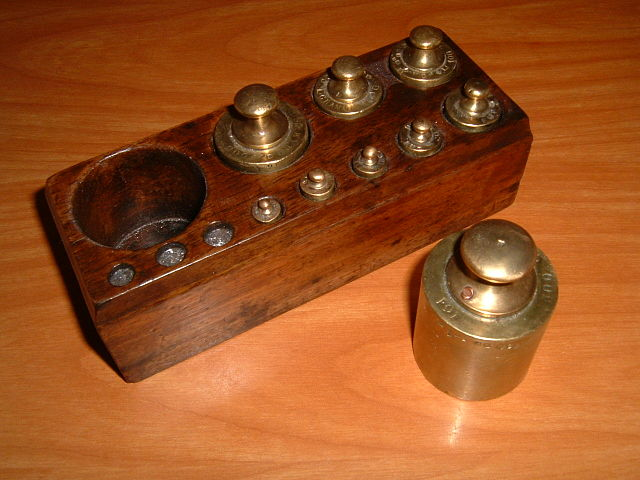Weighing scales, often called balances, are essential tools for measuring weight or mass in various settings, from homes and markets to labs and industrial sites. But what exactly makes these devices tick, and how have they evolved over time? In this article, we’ll dive into the fascinating world of weighing scales, exploring their history, different types, and how they function.
The Basics of Weighing Scales

At its core, a weighing scale is a device designed to measure the weight or mass of an object. Traditionally, scales rely on a balance mechanism, where two plates are suspended on either side of a fulcrum. The object of unknown weight is placed on one plate, while standardized weights are added to the other until equilibrium is achieved. When the plates balance out, the object’s weight is equal to the combined weight of the standardized weights on the other side.
Today’s scales, however, go beyond this basic principle. Modern scales utilize advanced technology and different mechanisms to provide accurate readings, catering to various industries. They have become more than just tools; they’re integral to commerce, research, and daily life.
Types of Weighing Scales and How They Work
1. Balance Scales
Balance scales are the earliest type of weighing scale, dating back to ancient civilizations. They operate on the principle of equilibrium. As mentioned, two plates sit on either side of a beam, balanced by a central pivot. To measure weight, you place the object on one plate and calibrated weights on the other until the beam levels out. Balance scales are incredibly accurate but can be time-consuming and are less practical for everyday use today.
2. Spring Scales
Spring scales measure weight based on Hooke’s Law, which states that the force exerted by a spring is directly proportional to its extension. A spring scale contains a coiled spring that stretches when a weight is attached. The amount of stretch corresponds to the object’s weight. These scales are common in bathrooms and luggage counters at airports.
One limitation of spring scales, however, is that their readings can be affected by environmental factors such as temperature, which can influence the elasticity of the spring. Still, they’re relatively inexpensive and convenient for basic weight measurements.
3. Digital Scales
Digital scales have largely replaced traditional scales in everyday settings due to their accuracy, ease of use, and versatility. These scales use electronic sensors to convert the weight of an object into an electrical signal. This signal is then processed and displayed as a numeric reading on a digital screen. You’ll find digital scales everywhere—from kitchens and bathrooms to gyms and pharmacies.
Digital scales offer many benefits: they’re quick, precise, and often come with features like unit conversion, tare function (to subtract the weight of containers), and memory functions for tracking previous measurements.

4. Analytical Balances
Analytical balances are highly sensitive scales used mainly in laboratories for precise measurements. These balances can measure down to micrograms, making them ideal for scientific applications where accuracy is paramount. Analytical balances operate on the same basic principle as a traditional balance scale but are enclosed to protect against air currents, which could affect their sensitive readings.
These scales are often equipped with calibration mechanisms to ensure accuracy and are essential in pharmaceutical, chemical, and research industries.
5. Hanging Scales
Also known as crane scales, hanging scales work by suspending an object from a hook and measuring the force exerted on the spring or sensor inside the scale. These are commonly used in shipping, fishing, and agricultural industries to measure bulk items like luggage, bales of hay, or crates. Hanging scales can range from small handheld models to industrial versions capable of weighing several tons.
Hanging scales are practical for weighing irregularly shaped objects that may not sit well on a flat surface. They’re also portable, making them ideal for outdoor or field use.

6. Platform Scales
Platform scales, or floor scales, are designed for weighing heavy items that cannot be easily lifted. They consist of a flat, sturdy platform connected to a digital display that shows the weight. You’ll often find these scales in shipping facilities, warehouses, and even veterinary clinics for weighing large animals.
Platform scales vary in size and capacity, with some models capable of handling weights up to several tons. They’re built to be durable and rugged, ideal for industrial environments where they can endure rough handling.
Applications of Weighing Scales in Everyday Life
Weighing scales are everywhere. Their applications extend far beyond simple weight measurement. Here are a few key areas where scales play a crucial role:
- Commerce: Many products are sold by weight, from groceries and pharmaceuticals to raw materials. Accurate measurements ensure fair pricing and help maintain quality standards.
- Health and Fitness: Bathroom scales, body composition scales, and food scales allow people to monitor their health, track their fitness progress, and make informed dietary choices.
- Science and Research: Precision scales are fundamental in labs, where exact measurements are necessary for experiments, quality control, and data collection.
- Industrial Applications: From manufacturing and construction to agriculture, weighing scales help with inventory management, shipping, and quality control by accurately measuring large and bulky items.
Choosing the Right Weighing Scale
Selecting the right scale depends on the intended use. For general household use, a digital scale is often the most practical choice. It’s accurate, convenient, and versatile. However, if you need to weigh heavy objects or work in a commercial environment, a platform or hanging scale may be more appropriate.
For scientific or laboratory work, an analytical balance offers the precision needed for small measurements. Meanwhile, commercial settings like grocery stores and retail businesses might benefit from pricing scales that integrate weighing and pricing functions in one.

Calibrating and Maintaining Your Scale
Calibration is essential to keep a weighing scale accurate over time. Most scales come pre-calibrated, but over time, factors like regular use, movement, and environmental changes can cause them to drift. Regular calibration, typically done using standardized weights, helps to maintain accuracy.
Maintaining a weighing scale also involves cleaning it regularly and storing it properly to protect it from dust, moisture, and other contaminants. For digital scales, changing batteries when needed and avoiding overloading the scale can prolong its lifespan.
Conclusion
Weighing scales, from the traditional balance scales to modern digital models, have become indispensable in various aspects of our lives. They offer us precise measurements for everything from groceries to scientific samples. Understanding the types and applications of scales allows us to choose the best tool for our needs, whether for everyday home use, in professional settings, or in industrial applications.
As technology continues to advance, weighing scales will evolve even further, but their core purpose will remain the same: to provide us with accurate, reliable measurements that we can trust. Whether it’s a classic balance scale or a sleek digital model, the humble scale continues to make a significant impact on our daily lives and industries worldwide.


